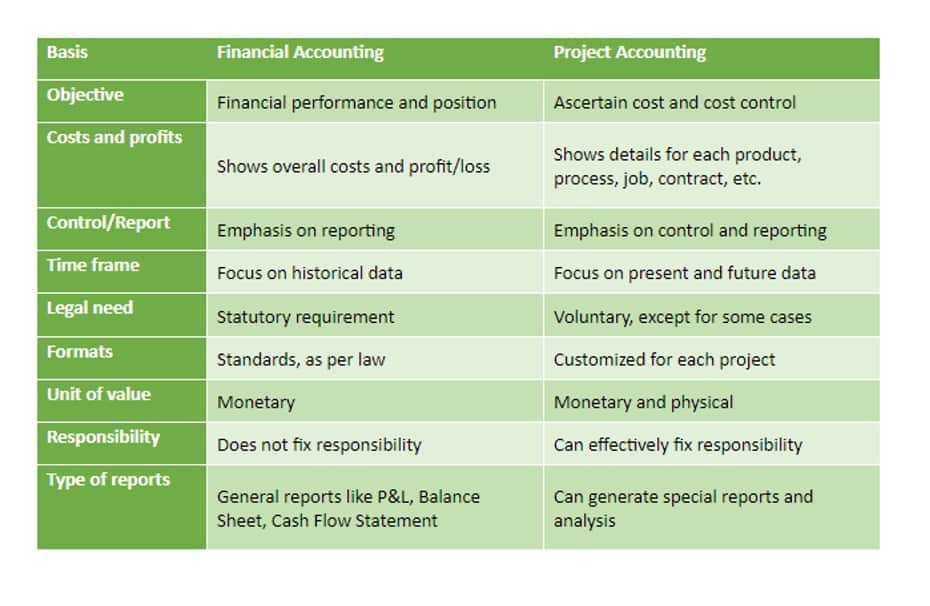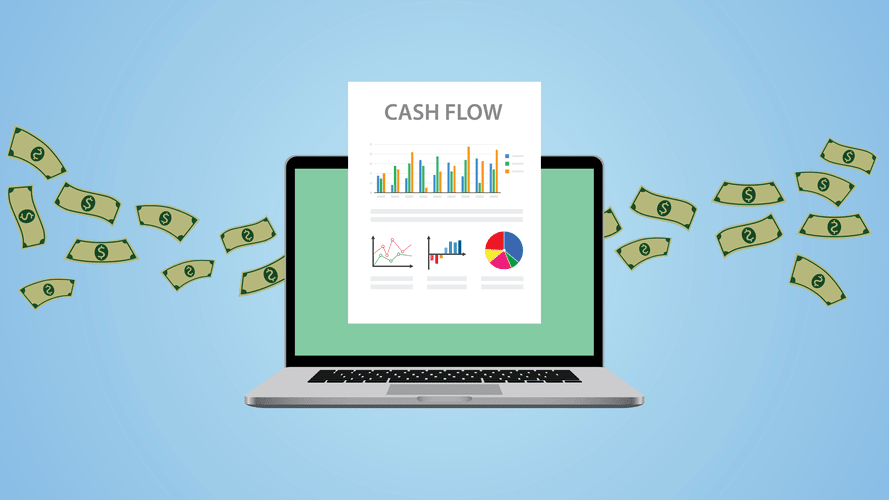How Does a Stock Split Affect Cash Dividends?

As a result, the historical 12 month distributions per unit and each historical 12 month distribution rate will likely be higher, and in some cases significantly higher, than the actual distribution rate achieved by the trust. Distributions made by certain securities in the trust may include non–ordinary income. 1 The Historical 12 Month Distributions figure is for illustrative purposes only and is not indicative of the trust’s actual distributions. The Historical 12 Month Distributions figure is as of the date listed in the prospectus during the trust’s initial offering period, and is updated each calendar quarter following the close of the trust’s initial offering period. As a result, the Historical 12 Month Distributions figure will likely be higher, and in some cases significantly higher, than the actual distribution rate achieved by the trust. Distributions made by certain securities in the trust may include non-ordinary income.

Part 3: Confidence Going Into Retirement
The stock dividend has the advantage of rewarding shareholders without reducing the company’s cash balance. As for situations when the stock split occurs before a dividend record date, the dividend will, for the most part, be paid out for the newly created shares as well. Except that the dividend likely will be split compared to previous time periods. This is due to the fact that companies want to maintain the number of dividends issued. Typically, a cash dividend will not be issued to new shares that were created from a stock split if the split date occurs after the dividend’s date of record.

How did Apple’s 7-for-1 stock split affect its total stockholders’ equity?
Barclays Municipal Bond IndexBarclays Municipal Bond Index is an unmanaged index considered representative of the tax-exempt bond market. S&P100 IndexThe S&P 100 Index, a sub-set of the S&P 500®, https://www.bookstime.com/articles/accounting measures the performance of large cap companies in the United States. The Index comprises 100 major, blue chip companies across multiple industry groups. S&P Composite 1500 Index The S&P Composite 1500 Index is a broad market portfolio representing the large, mid- and small-cap segments of the US equity market. MSCI Emerging Markets The MSCI Emerging Markets is an unmanaged index considered representative of stocks of developing countries. Barclay’s U.S. Aggregate Index Barclay’s U.S. Aggregate Index is an unmanaged index considered representative of the US investment-grade, fixed-rate bond market.
Average Annual Total Return

In contrast to cash dividends discussed earlier in this chapter, stock dividends involve the issuance of additional shares of stock to existing shareholders on a proportional basis. For example, a shareholder who owns 100 shares of stock will own 125 shares after a 25% stock dividend (essentially the same result as a 5 for 4 stock split). Importantly, all shareholders would have 25% more shares, so the percentage of the total outstanding stock owned by a specific shareholder is not increased.
- Although the 2-for-1 stock split is typical, directors may authorize other stock split ratios, such as a 3-for-2 stock split or a 4-for-1 stock split.
- The trust, based on the Dow Jones U.S. Industrials Index, is not sponsored, endorsed, sold or promoted by Dow Jones, and Dow Jones makes no representation regarding the advisability of investing in such product.
- For example, suppose the shares of XYZ Corp. were trading at $20 at the time of the two-for-one split; after the split, the number of shares doubled, and the shares traded at $10 instead of $20.
- It may seem odd that rules require different treatments for stock splits, small stock dividends, and large stock dividends.
- The articles and research support materials available on this site are educational and are not intended to be investment or tax advice.
- While a stock split doesn’t inherently change a company’s value, it can affect market perception and liquidity.
View All General Business
S&P 500 IndexThe Standard & Poor’s 500 Index is an unmanaged index generally representative of the U.S. stock market. S&P 500 Index The Standard & Poor’s 500 Index is an unmanaged index generally representative of the U.S. stock market. The weighted average and the weighted harmonic averages shown are attributable to the underlying portfolio holdings, and does not represent large stock dividends and stock splits are issued primarily to: a statistics of the trust itself. The pizza has 8 slices and costs $16 per pizza which is $2 per share ($16 price / 8 slices).

To demonstrate the process of accounting for stock splits, suppose that the Moreno Corporation’s stockholders’ equity accounts are as below. While a large stock dividend has the same purpose as a stock https://x.com/BooksTimeInc split, it is more easily executed than a split when there is a sufficient number of authorized and unissued shares. Depending on the circumstances, the board of directors of a corporation may wish to take steps that will change the number of outstanding shares of stock without affecting the firm’s assets or liabilities. When the market price per share is too high, investors may lose interest because it is most economical to purchase stock in round lots of 100. A stock price that is too high makes round-lot purchases impossible for some potential investors.
Leave a Reply